
We all want to know what the real secret is to earning the ever-elusive top spots on the SERPs – known as rich snippets.
Of course, Google is notoriously hush-hush about the formulas they use to determine rankings. But based on our findings, we know that you can put yourself in a good position to grab the prized snippet.
Rich snippets – or featured snippets – are search results listed above the first result link in the “zero position”. Obviously, they have very high visibility.
There are some very specialized SEO tactics that you can use to create what is known as “snippet bait.”
The key here is properly targeting the snippet.
Chances are fairly slim that your content will happen to appear in the rich snippet feature, unless Google deems it to be the best answer to the query. It is generally best to create pages or sections of content created specifically for a feature in the rich snippet spot.
But you may be wondering: is it really worth it to create content specifically for rich snippets?
Let’s break down everything that digital marketers need to know about featured snippet content – and whether or not you should be implementing rich snippet bait into your content strategy.
What is a Rich Snippet
Let’s start with the most basic question: what are rich snippets exactly?
The truth is there are actually multiple types of rich snippets – and each serves a specific purpose.
Paragraph Snippets
Most of us think of a rich snippet as the featured textual answer that pops up directly underneath the search engine box on Google – like this:
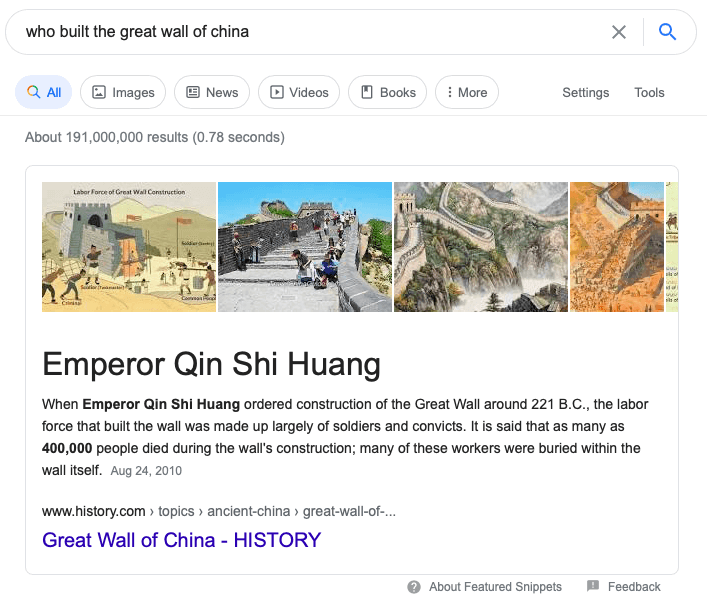
This is what as known is a paragraph snippet – which makes up about 82% of all featured snippet results. Paragraph snippets present a small section of text which answers the query and provides additional information related to the subject. This is often taken from a blog post or a web content piece occasionally along with an image from the page that is related to the topic.
Paragraph snippets usually answer queries beginning with phrases like:
-
Who is
-
What is
-
Why is
-
How to
-
When did
Numbered List Snippet
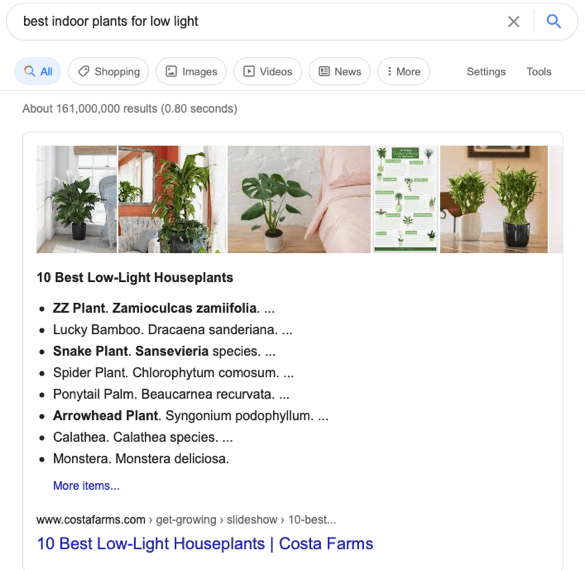
List snippets feature a bulleted or numbered list of items that answer a query. This could be listed in a specific order, such as from greatest to lowest or first to last. Or, the results could be random order, such as a list of different kinds of a specific thing. They may also be:
-
Ingredients in a recipe
-
Step by step instructions
-
Best of or worst of lists
Typically, these results are pulled from the subtitles of a listed article or a pre-formed list (like a recipe). These account for 11% of all rich snippets.
Table Snippets
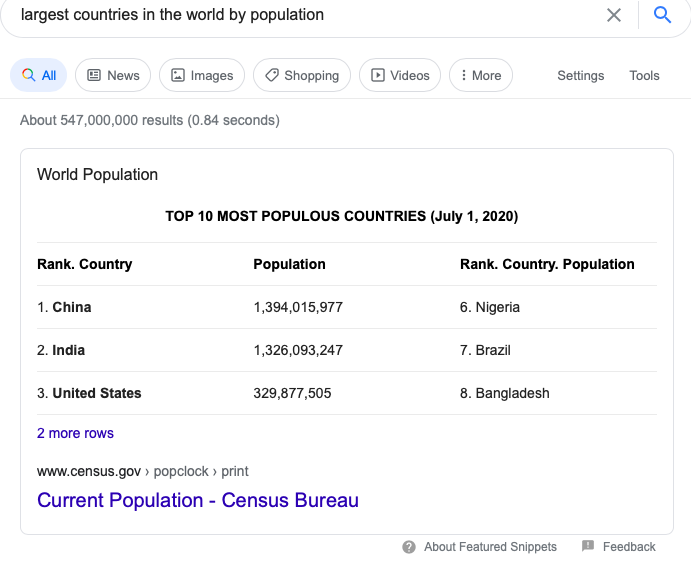
Coming in to make up around 7% of rich snippets are table snippets, which are charts or graphs made of statistical data. This may be stated as a list of percentages, costs, or values or it may be compiled into a visible graph like a pie chart.
Other Styles
There are few other styles of rich snippets that may appear as additional options for featured answers. One style is the carousel, which displays related keywords or options that are based on the original query. If these are selected, a new rich snippet will appear based on the topic.
For instance, say you are searching for a credit card without international fees. A carousel appears above the featured snippet explaining what foreign transaction fees are to direct you towards credit card companies with this feature.
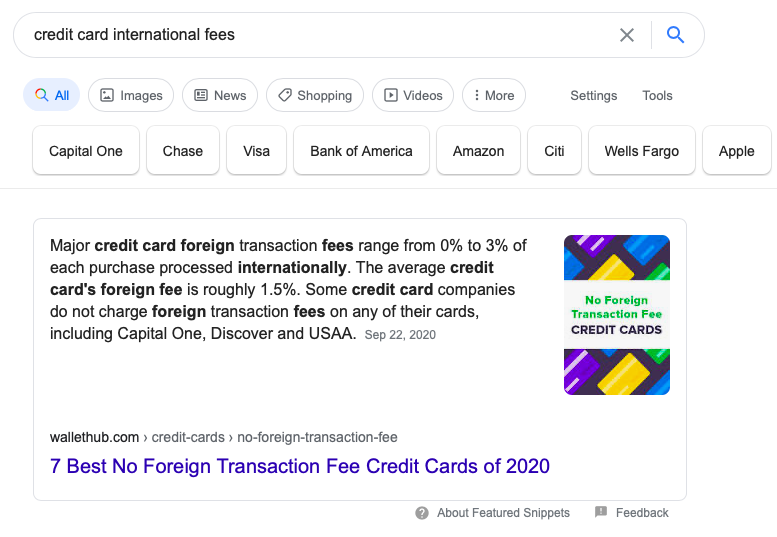
If you select one, such as “Chase”, a new paragraph featured snippet appears with further information.
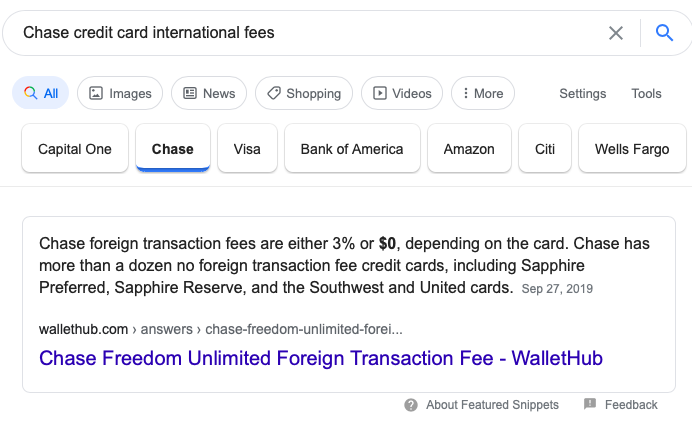
Video rich snippets may also appear if they address a specific query. These are often featured with “how to” questions. Sometimes, even just portions of the video that provide information on a specific topic are highlighted.
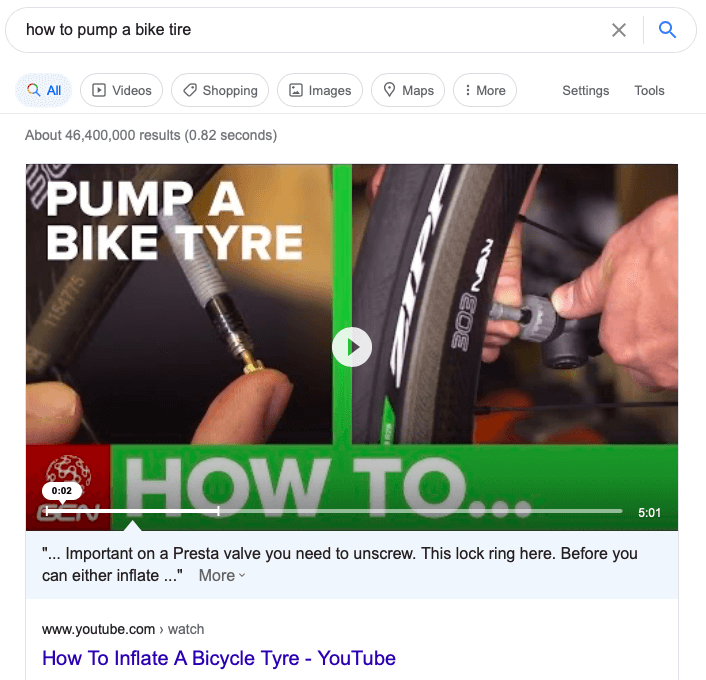
Images or product links can also be included in rich snippet boxes. These are usually presented in a carousel style.
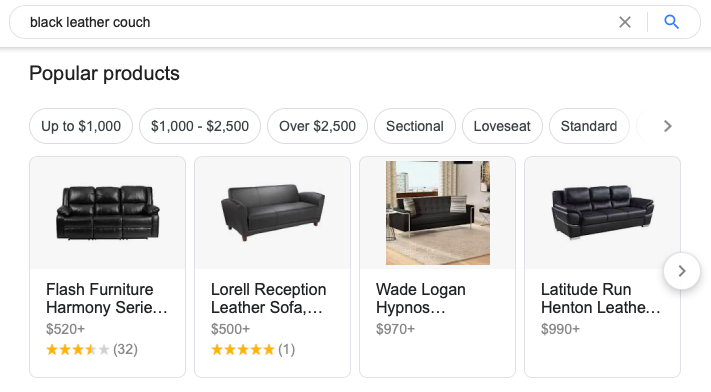
Any relevant business information that appears, such as reviews, ratings, phone numbers, background information, or location is also considered as rich snippet content.
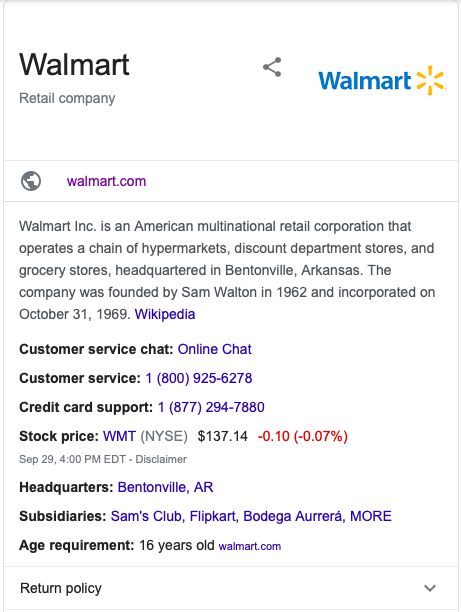
How do You Create Snippet Bait Content?
The first step to creating what is known as snippet bait – or content that is specially designed to go in these snippet features – is to write around rich snippet keywords. Typically, these will revolve around LSI keywords (latent semantic indexing) or longer phrases with one focus keyword.
Many rich snippets are “triggered” by long-tail phrases, such as ones that begin with “what are” or “how to”. So, your first step of action will be creating a list of these LSI keyword phrases that you intend to target to potentially earn rich snippet spots.
The next step is to mark-up your content schema to create structured data that Google will use to formulate rich snippet features. This helps to provide Google with all of the little puzzle pieces it needs to fit a rich snippet together. Remember, these features don’t often happen by accident!
Choose the Right Markup Type
The first step to take is to mark up your content with the schema type that Google will look for. You will need to implement the correct markup type, depending on the style of content that you want to turn into snippet bait.
The common types include:
Use the Correct Code Format
The next step will be to use the code for the schema markup. Google supports Microdata, RDFa, and JSON-LD. While any of these codes will work, there is evidence that Google prefers JSON-LD.
Be sure to use a schema markup checker to ensure that everything is coded correctly. Google has its own structured data markup helper tool that makes it quite simple to create these lines of code!
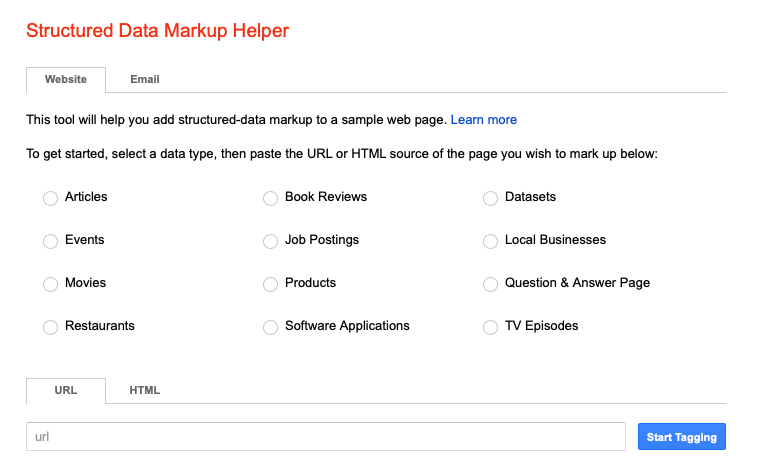
Plugins can make this step a bit easier if you are not a coding wizard. If you are using a WordPress or Shopify site, you can also try schema plug-ins like Schema by Hesham. Merkle is another Schema markup generator that specifically created JSON-LD code and includes a Rich Results Test option.
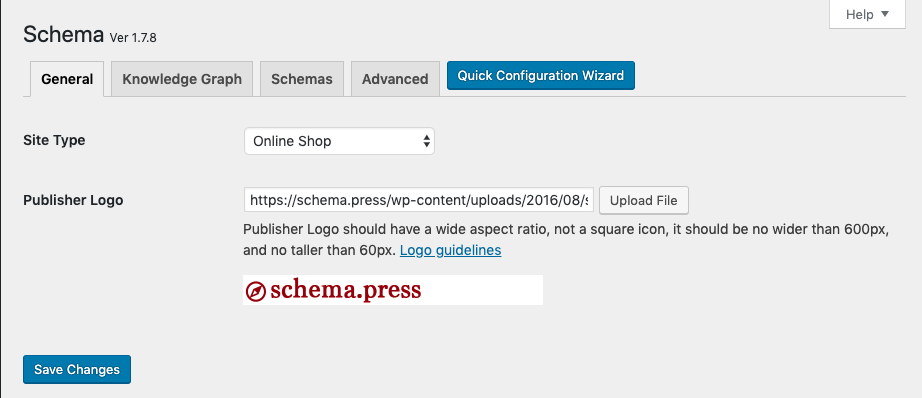
What Are the Benefits?
The goal of earning a rich snippet is ultimately to drive in more interested traffic. One would assume that most people will click on the top result on the SERPs – since this is typically going to contain the information they are looking for.
But you almost have to earn the top spot on the SERPs to get a featured snippet, too. According to research from Ahrefs, 31% of rich snippets are also the first result – 23.5% are in spot 2, and 16% are in the third position.
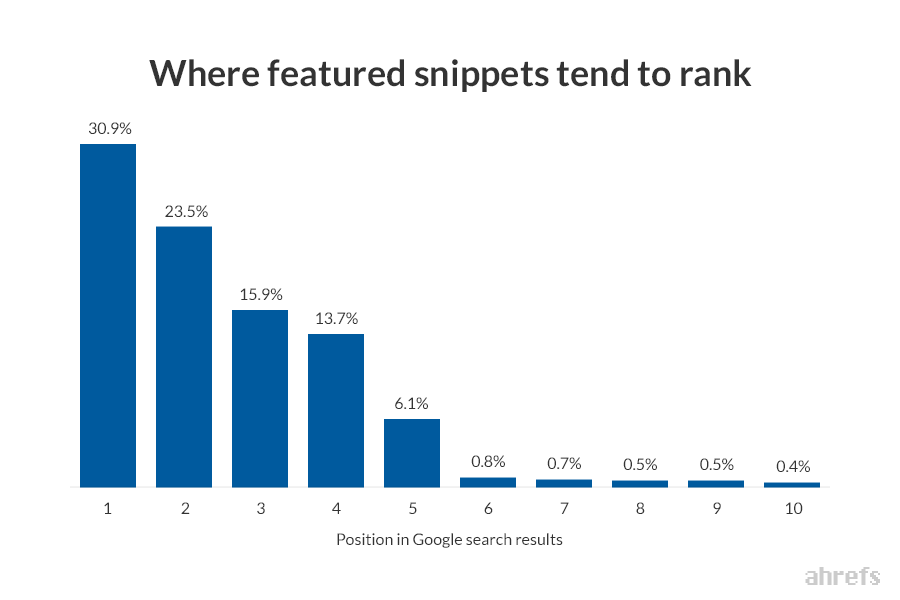
Rich snippet spots also get a lot of visibility – which can help to earn your site more recognition and credibility.
Rich snippets can also help you keep up with the growing voice search trend. More often than not, voice-enabled search results from devices like Siri, Google Home, and Alexa are pulled from rich snippets. However, this does not guarantee any spikes in traffic, since voice search is commonly used for quick answers that do not require any more digging.
Is It Worth Your Time?
So, here’s the real question: is creating snippet bait worth all of the effort?
The answer is yes – and no. It depends on what your ultimate goal is with SEO. Getting a rich snippet feature does not guarantee that your traffic numbers or online revenue will suddenly spike.
According to the previously mentioned report from Ahrefs, featured snippets get fewer clicks than the top result (if, of course, they are not from the same link). When there is no rich snippet, the first link generally attracts 26% of all clicks. However, when there is a featured snippet, it only receives 19.6% with 8.6% of the clicks going to the rich snippet result.
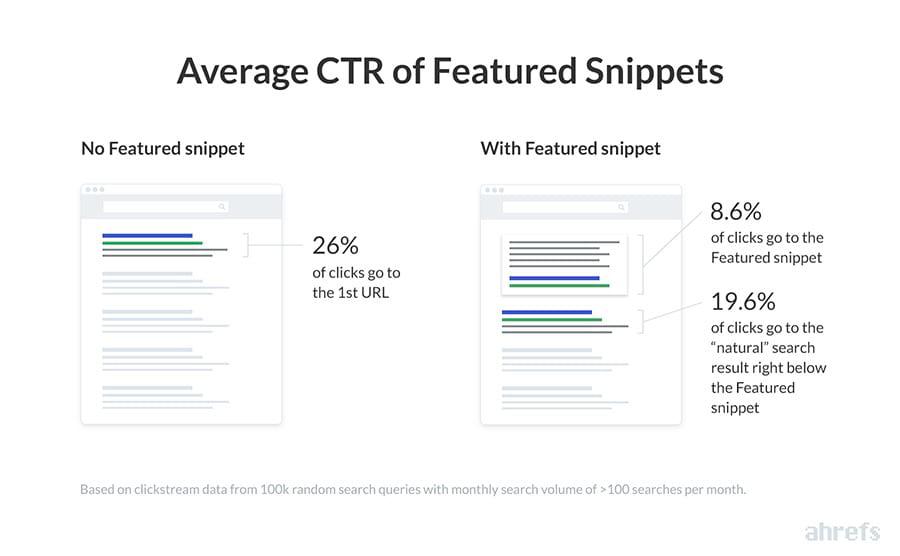
This means that all of your hard work to create snippet bait could only be getting you a minimal lift in online traffic. But in some cases, that could be worthwhile.
For example, creating schema markup for product page features could help you boost online conversions significantly. Optimizing business information can also help you with local SEO visibility – and rich snippet reviews can help you earn trust with online shoppers.
Conclusion
Earning a rich snippet feature can be extremely beneficial for boosting visibility and traffic to your site – but it does require strategy and planning. You need to consider the fact that creating snippet bait will require a lot of extra time spent conducting SEO research, creating content, and formulating schema markup.
That’s where we come in.
At Ayokay, we specialize in helping businesses optimize their online presence through digital marketing strategies, which extend beyond just ad creation. We can help you earn higher rankings through specialized, well-written content that draws customers in – and we will provide you with the metrics to prove it.
If you are interested in learning more about our digital marketing services, reach out to us today!
Jack Shepler is a Marketing and Search Engine Optimization expert. He founded Ayokay, award-winning marketing, and web design firm in Indianapolis, Indiana that has built brands, increased sales for businesses, and helped nonprofit organizations fulfill their missions since 2011. He uses his decades of experience to educate through the Ayokay blog and through public speaking. You can follow him on LinkedIn.







